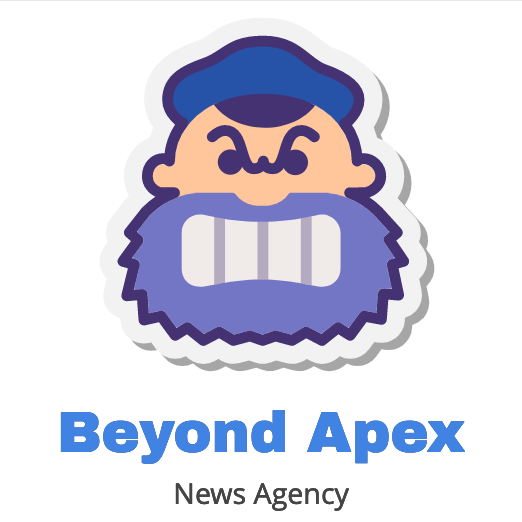How Music Selling Apps Work: A Behind-the-Scenes Look
The Role of Music Selling Apps in the Modern Industry
Music selling apps like Bandcamp, TuneCore, DistroKid, and SoundCloud provide a platform for artists to upload, market, and sell their music online. Unlike streaming platforms that focus on plays and royalties, music selling apps are designed to facilitate direct transactions — allowing fans to purchase digital downloads, physical merchandise, or even support artists via subscriptions.
The goal of these apps is to simplify distribution, reduce costs, and create a revenue stream that is fairer for musicians. Many of these apps cater specifically to independent artists, offering them more control over their work compared to traditional record label models.
Music Upload and Distribution Process
The first step in selling music through an app involves the artist uploading their work. This includes digital audio files (typically in formats like MP3 or WAV), cover artwork, metadata (song title, album name, genre, etc.), and pricing information. Most apps have user-friendly interfaces where artists can manage their content, preview how it appears to fans, and organize their songs into albums or singles.
Once uploaded, the app either hosts the music on its own marketplace or distributes it to multiple digital storefronts and streaming services. For example, apps like TuneCore and DistroKid distribute to platforms such as Spotify, Apple Music, Amazon Music, and YouTube Music. Artists pay a fee or subscription to use these services, and in return, they receive income from purchases and streams.
Revenue Generation and Monetization
One of the core functions of a music selling app is to handle transactions between the fan and the artist. When a listener buys a track or album, the platform processes the payment and takes a small commission or service fee. The remaining amount is transferred to the artist’s account, either immediately or on a monthly basis.
Many apps also support additional monetization features, such as:
Pay-what-you-want pricing: Letting fans choose how much to pay, often resulting in more generous contributions.
Merchandise sales: Artists can list T-shirts, vinyl records, posters, and other products.
Fan subscriptions: Some platforms offer recurring revenue options, allowing fans to support their favorite artists monthly.
Analytics and fan data: Artists get access to detailed analytics, helping them understand their audience, geographic reach, and best-performing songs.
These features help artists build a sustainable business model and grow their fan base without relying solely on streams or radio play.
Rights Management and Licensing
Music selling apps often include features to help artists manage copyrights and protect their intellectual property. When uploading music, artists retain full ownership of their work unless they sign specific agreements otherwise. Many platforms also offer publishing administration services, helping artists collect royalties from licensing deals, radio plays, or live performances.
Some apps even provide tools to automatically register songs with performance rights organizations (PROs) and content identification systems like YouTube’s Content ID. This ensures artists are compensated when their music is used in videos, commercials, or other public content.
User Experience for Buyers and Fans
From the listener’s perspective, buying music on these apps is straightforward. Users can browse by genre, search for specific artists, preview tracks, and make purchases through integrated payment gateways. The apps often allow users to download purchased music in high-quality formats or stream directly within the app.
Additionally, fans can follow artists, receive updates, and even communicate directly, fostering a sense of community and personal connection that is often lacking in major streaming platforms.
Conclusion
Music selling apps have revolutionized the way artists distribute and earn from their music. By offering a blend of ease, control, and monetization options, these platforms empower musicians to take charge of their careers. Whether it’s through direct downloads, subscriptions, or merchandise sales, the modern music selling app is more than just a digital store — it’s a comprehensive ecosystem designed to support independent artistry in the digital age.
As technology continues to advance, these platforms will likely evolve further, providing even more tools for creators and reshaping the future of music commerce.
